1. Powdered Egg
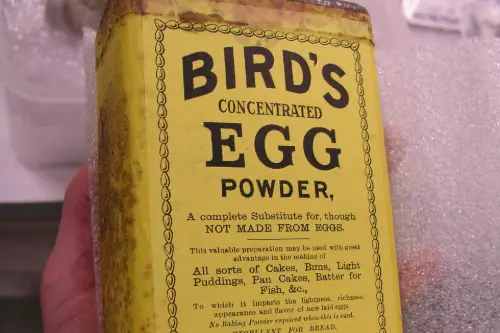
Eggs were one of the many food items rationed during the war, so powdered eggs became a common substitute. It was a more convenient and longer-lasting option than fresh eggs, which were harder to come by. They could be mixed with water to create scrambled eggs, or used in baking. Though they didn’t quite have the same flavor as fresh eggs, they were a practical solution when supplies were low.
2. Canned Carrots (For Dessert)

In Britain, wartime food shortages meant that many canned goods were used in ways they were never intended for. One unusual example? Carrots being eaten as a dessert. People would mash them up with sugar and sometimes even add a bit of milk, creating a sweet treat out of a vegetable. With other sweets like chocolate being in short supply, this was a way to lift spirits without breaking the rules of rationing.
3. Dandelion Greens
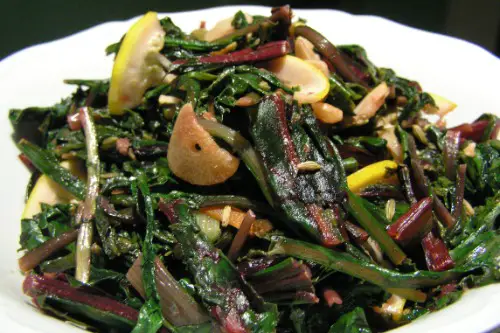
When your regular vegetables aren’t available, nature might just provide what you need. Dandelion greens were common for those living in Europe during the war. They were often boiled to reduce their bitter taste and used in soups or as a side dish. The reason? Dandelions were free, abundant, and full of vitamins. They were an easy way to get the nutrients needed when there were few options available.
4. Horsemeat
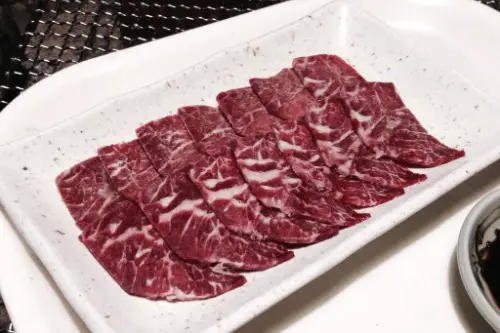
In many countries during WWII, horsemeat became a practical alternative to beef, which was often in short supply. It was a bit controversial, as horses were typically used for work and transportation, but when food was scarce, people had to think outside the box. Horsemeat was lean, nutritious, and could be used in stews, sausages, and other meals, making it an essential survival food for many.
5. Acorn Flour

In the absence of wheat, acorns were another plant-based substitute people relied on. Acorn flour was used in place of traditional flour for baking. It was a labor-intensive process to prepare acorns—first leaching out the bitter tannins, then grinding them down to flour—but for those without much else, it was an edible, if not particularly delicious, option. It was a bitter reminder of just how desperate the times were.
6. Fake Meat
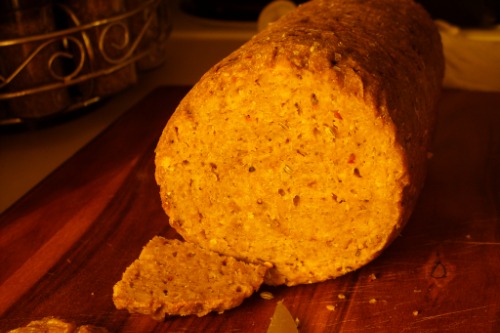
With rationing severely limiting access to real meat, people in both Europe and the U.S. turned to “fake meat.” Made from a variety of starches and soybeans, these products were designed to mimic meat’s texture and taste. In the U.S., “Victory Meat” was a popular option that aimed to trick the stomach into thinking it was eating something richer than it actually was.
7. Wood Pulp

If there’s one thing the war taught people, it’s that you can be resourceful when you need to be. In Germany, wood pulp was often mixed with flour to stretch the supply of bread. While it didn’t exactly taste great, it kept people fed and helped make up for the shortages. It wasn’t the most appetizing option, but it was an effective filler to stave off hunger.
8. Seaweed

People living near the ocean found seaweed to be a great way to stretch their meals. It’s full of nutrients and was used in everything from soups to salads. It was also an excellent source of iodine, something essential for maintaining thyroid function, especially when fresh produce was hard to find. Seaweed became a vital part of many wartime diets, particularly in Japan and other coastal regions.
9. Sprouts
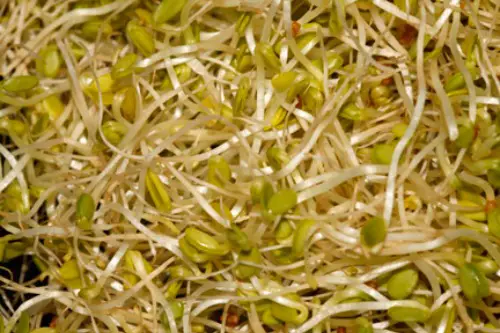
For people in cities where food shortages were even more intense, sprouts were a lifesaver. You could grow them in small spaces, and they were packed with vitamins and minerals. People in countries like Britain and Germany grew things like alfalfa or mustard seeds in their windowsills to ensure they had a steady supply of fresh food. The sprouts may have been small, but they packed a nutritional punch.
10. Horse Chestnuts
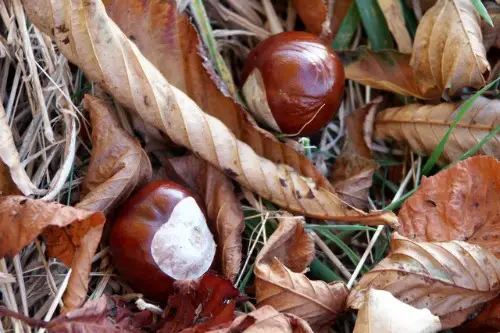
Though they’re not edible raw due to their toxic properties, horse chestnuts were used by people in Europe to make flour after a lengthy process of boiling and leaching. This flour was then mixed with other more conventional ingredients to create breads and cakes. It wasn’t the most pleasant food, but when survival is on the line, you make do with what’s available.
11. Tinned Spam

Spam became a wartime staple because it was easy to store, inexpensive, and could be used in a wide variety of dishes. The processed meat was often served with rice, made into sandwiches, or chopped into stews. While it wasn’t the most glamorous option, it was filling and helped people get by during times when fresh meat was hard to come by.
12. Porridge Made from Barley
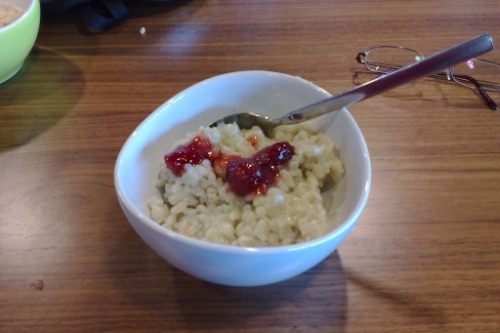
With wheat scarce, barley became an essential crop for many families. Barley was often ground into flour or used to make a type of porridge. While the texture and flavor weren’t as enjoyable as more familiar grains, it was a hearty and filling option that helped sustain people through the hardest times.
13. Snails
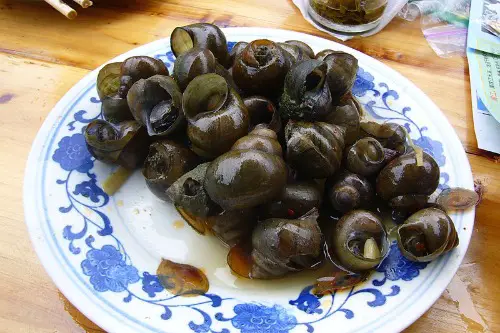
In France and other parts of Europe, snails were eaten as a survival food. They were abundant in nature and packed with protein, making them an excellent, if unconventional, source of nutrition. Though snails are a delicacy today, during the war, they were just another way to fill an empty stomach.
14. Insects
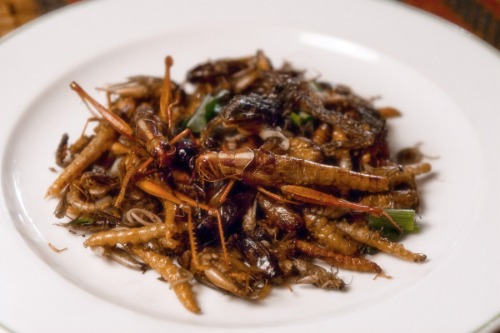
In some parts of the world, particularly in occupied territories, people resorted to eating insects to survive. Ants, beetles, and grasshoppers were common choices. While it may sound unappetizing, they were a good source of protein and could be foraged easily, making them a vital part of the diet for many people struggling to find enough food.


